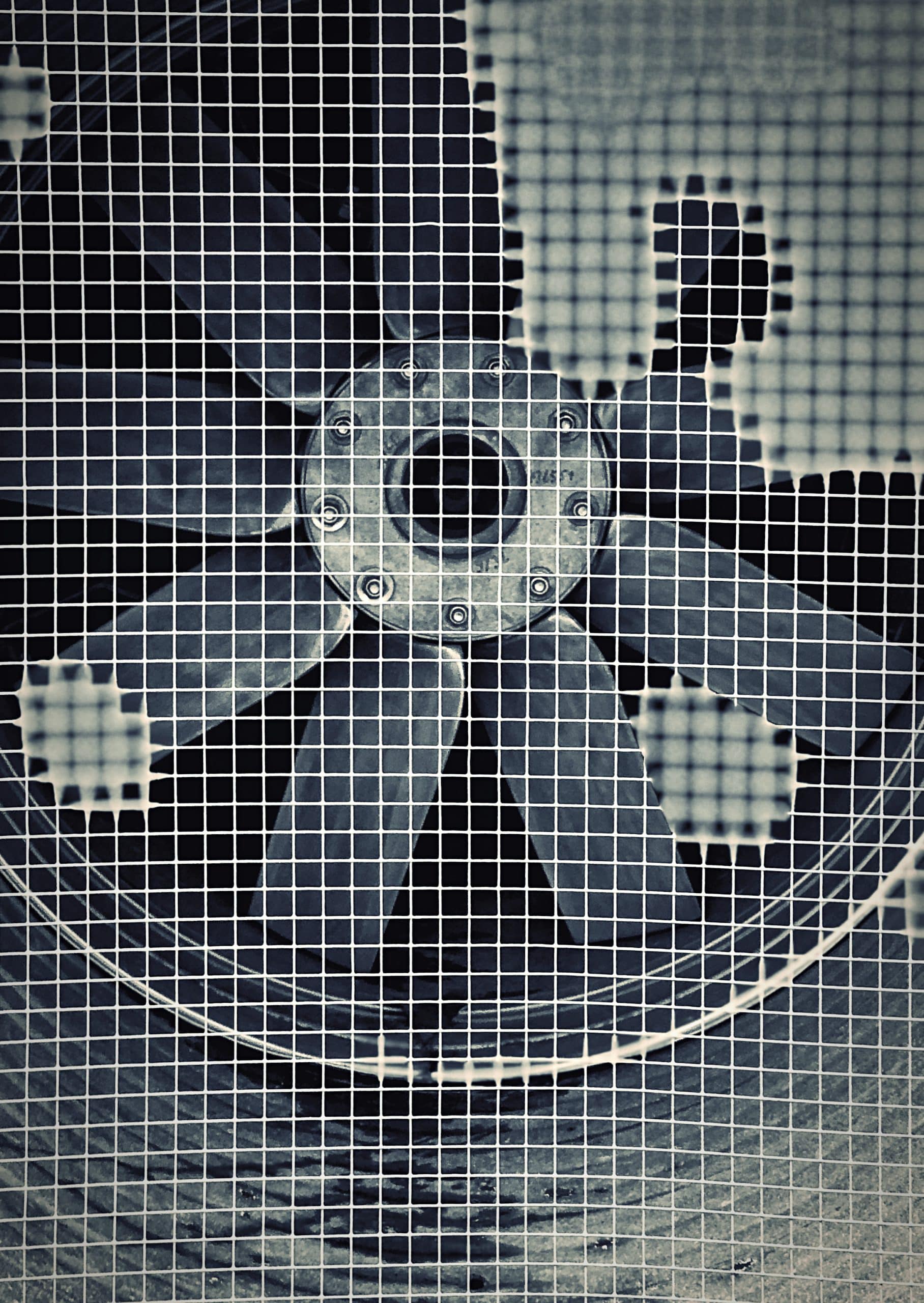How to Use Heat Recovery Ventilation Systems in Real Estate for Healthier Indoor Environments?

In our pursuit of creating more energy efficient homes, we have inadvertently sealed off our living spaces, causing a host of issues related to poor indoor air quality. One of the most effective solutions to this predicament is the use of Heat Recovery Ventilation (HRV) or Energy Recovery Ventilation (ERV) systems. These systems not only ensure proper ventilation by supplying fresh outdoor air, but also conserve energy by recovering heat from exhaust air. This article will guide you on how to use these systems to create healthier indoor environments in your homes or buildings.
Understanding the importance of proper ventilation
Before we delve into the specifics of HRV and ERV systems, it’s essential to understand the importance of proper ventilation. Lack of ventilation can lead to a buildup of indoor pollutants such as dust, allergens, mold spores, and volatile organic compounds (VOCs). Over time, these can cause a range of health issues, including allergies, respiratory problems, and headaches.
Avez-vous vu cela : What Role Can Modular Furniture Play in Enhancing Space Efficiency in Small Apartments?
Modern HVAC systems, while effective in controlling indoor temperature, do not necessarily provide adequate ventilation. This is where HRV and ERV systems come in. These systems introduce fresh, filtered outdoor air into your homes while simultaneously exhausting stale indoor air. In the process, they recover heat energy from the outgoing air and use it to precondition the incoming air, thus saving energy.
Unveiling the workings of HRV and ERV systems
HRV systems use a heat exchanger to transfer heat from the outgoing stale air to the incoming fresh air. This process ensures that the heat generated by your heating system is not lost, helping to maintain a comfortable indoor temperature.
Dans le meme genre : How Can Real Estate Portfolios Be Adapted to Cater to the Rise in E-Commerce Warehousing Needs?
ERV systems, on the other hand, recover not just heat but also moisture from the outgoing air. This feature makes ERV systems particularly suitable for regions with extreme climates – they reduce the load on your HVAC system by preconditioning the incoming air, both in terms of temperature and humidity.
How to choose between an HRV and an ERV system
Choosing between an HRV and an ERV system will depend on your specific needs and the climate in your region.
If you live in a cold, dry climate, an HRV system might be the better choice. It will help to keep the heat in while ensuring a constant supply of fresh air. If you live in a humid climate, an ERV system might be more appropriate. It will help to control humidity levels inside your house, reducing the risk of mold growth and other related issues.
Regardless of the type of system you choose, proper installation is crucial to ensure optimal performance. The system should be designed and installed by a professional to ensure it adequately meets your ventilation needs without wasting energy.
Maintaining and operating your HRV or ERV system
Once your HRV or ERV system is installed, regular maintenance is crucial to ensure it continues to operate efficiently. This includes cleaning or replacing filters, checking the fans and heat exchanger, and ensuring the system is correctly balanced.
Operating your system should also be done with care. While it may be tempting to turn off the system when you’re not home to save energy, doing so could negatively impact your indoor air quality. It’s generally recommended to leave the system running at a lower speed, especially during the colder months.
The impact of HRV and ERV systems on energy efficiency
Energy efficiency in buildings is becoming increasingly important, both for environmental reasons and for reducing energy costs. HRV and ERV systems can play a significant role in this area.
By recovering heat from the exhaust air, these systems reduce the load on your heating system, saving energy. ERV systems go a step further by also recovering moisture, which can reduce the load on your air conditioning system in humid climates.
In conclusion, if you’re seeking to improve your indoor air quality while also boosting energy efficiency, an HRV or ERV system could be a valuable addition to your home or building. These systems not only ensure a constant supply of fresh air, but also help to conserve energy, making them a win-win solution for healthier, more energy-efficient indoor environments.
Selecting the right locations for your HRV or ERV system
When planning to install an HRV or ERV system in your home, it is crucial to choose the right locations for the air intake and exhaust outlets. These locations greatly influence the overall performance of the system and the quality of your indoor air.
The outdoor air intake should ideally be placed away from sources of pollution such as driveways or busy roads. It should also be positioned to avoid areas where there might be a buildup of leaves or snow. The aim is to allow the system to draw in the freshest, cleanest outdoor air possible.
The exhaust outlet, which expels stale indoor air, should be located at a far enough distance from the intake to prevent the expelled air from being drawn back into the house. It is also recommended to avoid placing them near windows or doors, where the stale air could potentially reenter the building.
The placement of the ductwork within the home is equally significant. They should be installed in such a way that fresh air is delivered to living spaces such as bedrooms and living rooms, while stale air is drawn from wet areas like kitchens and bathrooms, where most pollutants are generated.
Remember, a well-thought-out design and placement of the ventilation system will enhance the performance of the system, ensuring better indoor air quality and higher energy efficiency.
The role of a balanced ventilation in HRV and ERV systems
In heat recovery and energy recovery ventilation systems, balanced ventilation plays a crucial role in maintaining a healthier indoor environment and conserving energy. Balanced ventilation simply means that the amount of fresh outdoor air brought into the building equals the volume of stale indoor air exhausted out. This balance is essential in maintaining a steady indoor air pressure.
If the system is not balanced, it could lead to problems such as drafts, condensation, and issues with your HVAC system. For instance, if the system exhausts more air than it brings in, it could create negative pressure inside the house, resulting in drafts and bringing in unfiltered air from outside.
Maintaining a balanced ventilation system involves regular checks and adjustments. It’s best to have a professional conduct an annual check-up of your system to ensure it’s in balance. If you’re experiencing issues such as drafts or unusual noises from your system, it may be a sign that your system is not properly balanced and requires adjustment.
Conclusion: Reaping the Benefits of HRV and ERV Systems
In the quest for healthier indoor environments and energy efficiency, Heat Recovery Ventilation (HRV) and Energy Recovery Ventilation (ERV) systems have emerged as game-changers. They not only replace stale indoor air with fresh outdoor air but also recover heat and, in the case of ERV, moisture from the exhaust air, saving energy.
The key to reaping the full benefits of these systems lies in choosing the right system based on your regional climate, ensuring proper installation, and conducting regular maintenance. The choice of the system’s location and ensuring a balanced ventilation also significantly contribute to its effectiveness.
By investing in an HRV or ERV system, you are not only contributing to a healthier indoor environment but also promoting energy conservation. This makes these systems an excellent choice for anyone seeking a sustainable and health-conscious solution for their homes or buildings. It is indeed a win-win solution for a healthier, more comfortable, and energy-efficient lifestyle.
